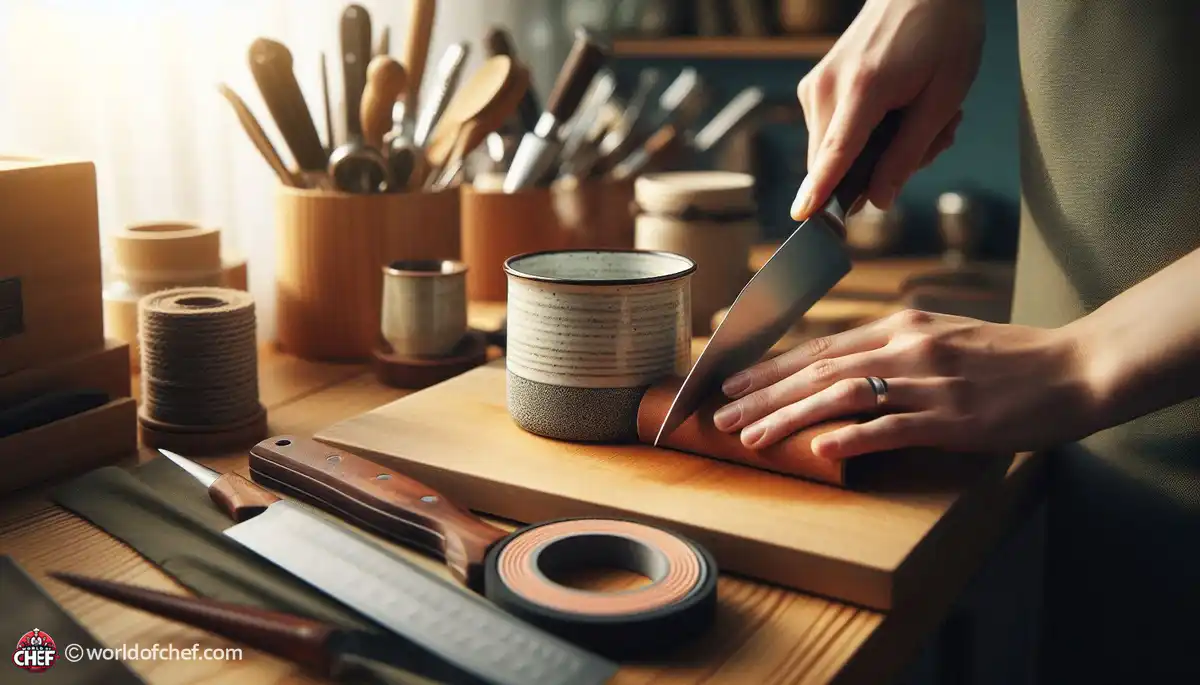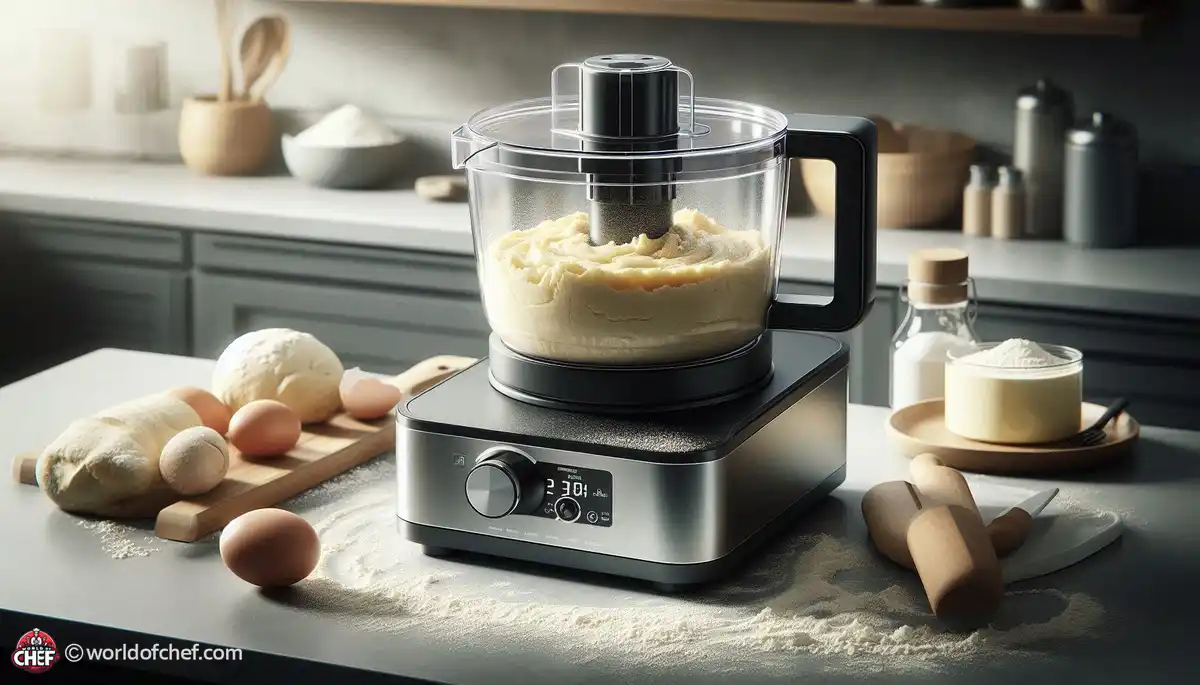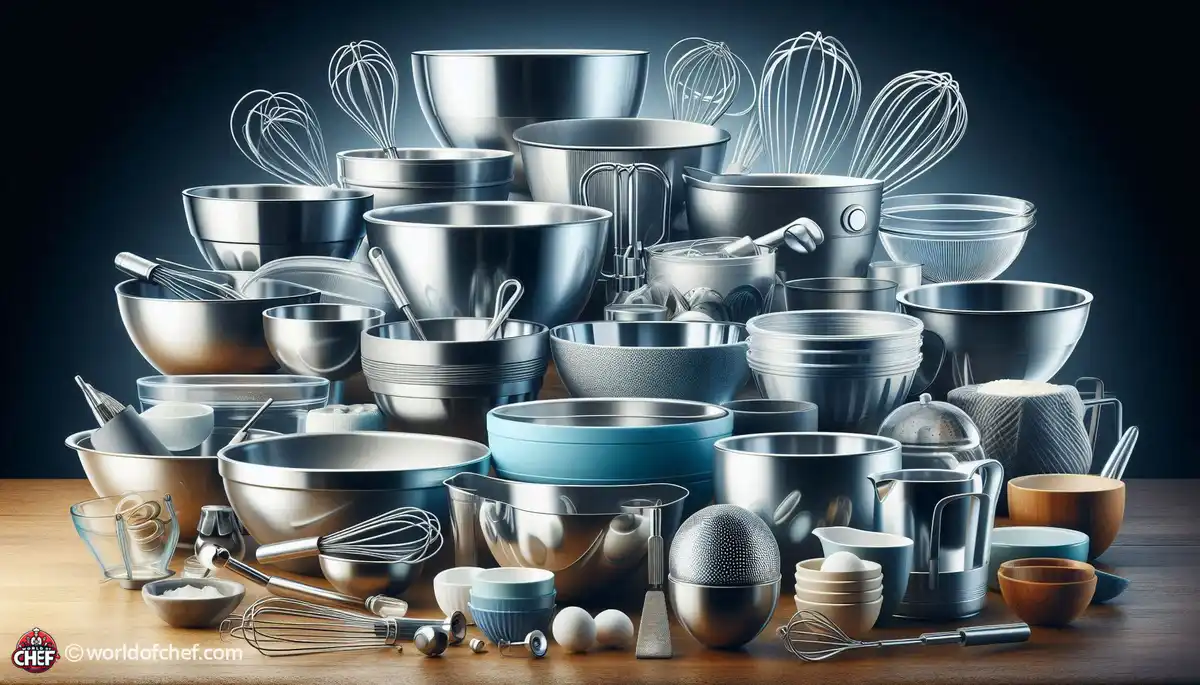
How to Choose the Right Peeler for Your Kitchen
Samantha Thames - Mar 27, 2025 - 12 min read


Keeping your kitchen knives sharp is a must for any home cook. Not only does it make meal prep faster and easier, but a sharp knife also ensures safer cutting. If you don't have a sharpening stone at hand, don't worry! There are various techniques and tools you can use to restore the edge of your knives. This guide will explore those methods, helping you to maintain your kitchen tools effectively.
A sharp knife should be in every kitchen. It gives cleaner cuts and saves a lot of your time while preparing food. Dull knives are dangerous because they are used with much force, thus increasing the odds of slipping and accidents. Sharp knives move smoothly when cutting foods; they maintain the integrity of your ingredients and make your cooking experience more enjoyable. Cutting tomatoes or chopping herbs, a sharp knife is what makes the difference.
Understand also what a sharp knife edge is; it cuts food with finesse for you to chop and dice very easily. Eventually, knives will wear out as part of your normal operation no matter how good it was. The beauty lies in knowing how to hone a knife on your own by yourself with minimal time to save you cash, yet getting your kitchen to flow on.
A honing rod is sometimes mistaken for a sharpening tool, but its real purpose is to align the edge of your knife. It is a must-have tool for keeping your knife sharp between actual sharpenings. The honing process is quick and painless. Hold the rod vertically and swipe the knife blade against it at a slight angle. Repeat this on both sides of the blade several times. This will not give you a new edge, but it surely keeps the edge that you have.
Sharpening should be included in your knife maintenance process. Most chefs always suggest sharpening your knife after every few uses. This will ensure that your blade does not become dull over time, thus making the sharpening sessions that may arise later more effective. By sharpening regularly, you will be able to have the ability to lengthen the lifespan of your knives since they will work longer at their best.
Believe it or not, a plain ceramic coffee mug can act as a sharpening device. The bottom of an unglazed ceramic mug is lightly abrasive and should be adequate for sharpening your knives. How: turn the mug upside down and hold it firmly onto a flat surface. Turn your knife at about 20 degrees and push down along the edge of the bottom of the mug. Repeat that action on both sides of the blade, and you will get to your ideal sharpness.
This is fast but also very convenient. Probably most every home has some ceramic mug just sitting on a shelf, so again, nothing needs to be purchased. Just keep your angle right when stropping and this is a pretty good way to sharpen the edge on your knife.
Another great sharpening alternative to kitchen knives is a leather strop. Stropping is a method that polishes and aligns the edge of the blade without taking away much material. A leather strop is prepared by just a few drops of polishing compound on the leather surface. Hold the knife at 15 to 20 degrees and pull the blade back across the leather. Repeat many times on each side of the knife to ensure a very sharp edge.
This application especially helps good-quality knives whose sharpness is not spoiled and do not wear down more than the amount intended. This will keep this performance efficiency for a relatively very long time. Sharpening your knife regularly does not only sharpen your blade but also enhances the cuts. The process should complement any knife maintenance routine.
You can use the metal file as well in case you want more intense sharpening. Files are usually applied in woodworking and metalwork, but it also sharpens kitchen knives. Use a file by holding the knife tightly, then sliding the file along the knife blade's edge in one direction and angle. Just be careful as you should only apply even pressure in this process at a slow pace to avoid marring the knife.
Sharpening with a file requires a little more skill and care. Unlike all the methods, a file will shave away more of the material from the blade; therefore, it is essential to have it at the right angle with the right pressure applied to it. With time and practice, it would successfully sharpen your knives when it has become quite dull, but it's wise not to use it so often as it tends to damage the integrity of the blade.
Another odd but efficient way of sharpening knives is using the rim of a glass jar. Just like the ceramic mug method, the rough edge of a glass jar can be used as a substitute for a sharpening tool. To do this, flip the jar upside down and run the knife blade along the rim at a 20-degree angle. You should use gentle pressure and repeat the process on both sides of the knife.
It is particularly helpful when you are in a tight spot and want to hone your knife in a rush. It's quite straightforward, without requiring any special equipment whatsoever. Though the edges of the jar may be a little sharp, so be careful with that. It takes only a few minutes, and during that time, you can easily sharpen the edge of your knife using this method without having complicated tools.
Besides honing, good maintenance and cleaning can also preserve the sharpness of your knives. Hand washing with mild soap is recommended to prevent rust, as well as drying knives immediately after use. Avoid placing knives in a dishwasher since extreme heat and chemicals can damage both the blade and handle.
In addition to cleaning, proper storage of knives is also important. You can use a knife block, magnetic strip, or blade guard to prevent the edges from dulling. Maintaining organized and safe knives will avoid accidental damage and keep them in perfect condition for all your culinary adventures.
You'll know when it is the time to sharpen your knife since this is what will keep your knife performing. One sign that your knife is no longer sharp is that you start feeling it becoming dull when cutting. It may require more pressure than usual to slice through food, or you may be seeing ragged edges in your cuts. Another indication is when your knife begins to slip during cutting.
In case you sharpen your knife and it does not sharpen well, then it is time for in-depth sharpening. On careful observation of your knife's performance, you can sense the right time to go for that session. You would, then always be ready in case of a demand from the kitchen.
Though sharper knives are safer in most respects, proper care should be taken when handling them. Cut on a stable surface and ensure that your fingers are out of the line of your blade's movement. A proper cutting board can protect your countertops while providing a stable base for cutting tasks. Store knives out of the reach of children to avoid accidents.
It is equally important to learn how to maintain the knife sharp and safe during usage. Avoid cutting when distracted, and put the knife down until you regain awareness. It follows from this safety guide, that one can enjoy benefits from sharp knives, with no extra danger being introduced.
Even sharper than a sharpening stone, maintaining the keen sharpness of your knives becomes quite easy. All means are available to maintain good health for your knives: Honing rod, and one can even try on some ceramic mug or a piece of leather strop and so on.
All you need to do is take your time and know when they require a little attention in order to enjoy the sharp blade of your knives for many years. Roll up your sleeves and give it a try to ensure that these kitchen tools stay in fine working order. Happy cooking!

Samantha Thames - Mar 27, 2025 - 12 min read

Louis Saul - Jan 15, 2025 - 11 min read

Emery Donley - Oct 26, 2024 - 14 min read

Dennis Hague - Oct 26, 2024 - 14 min read